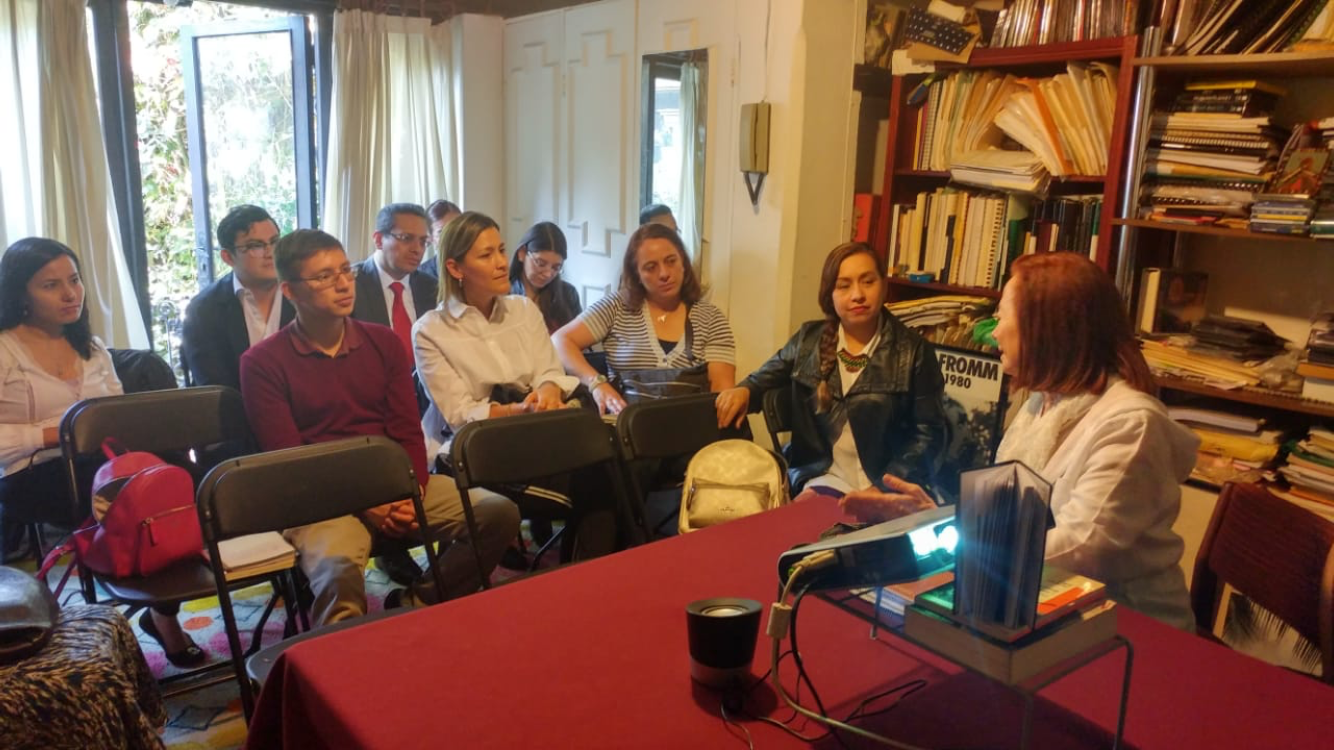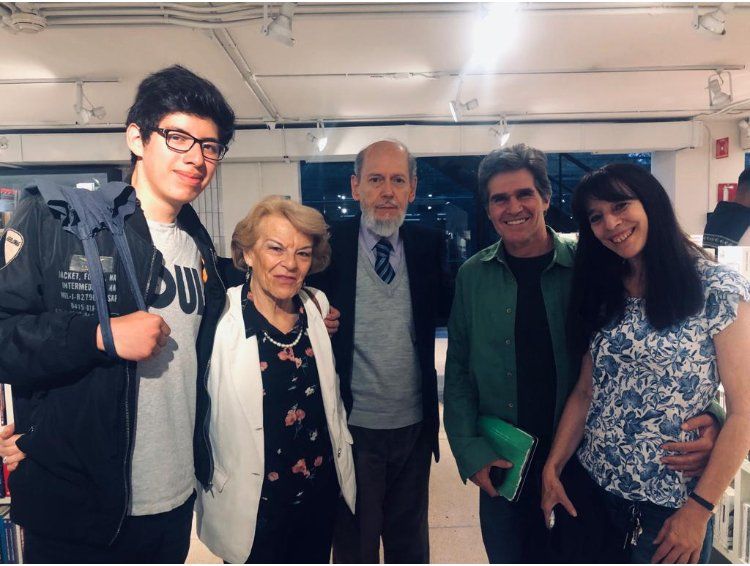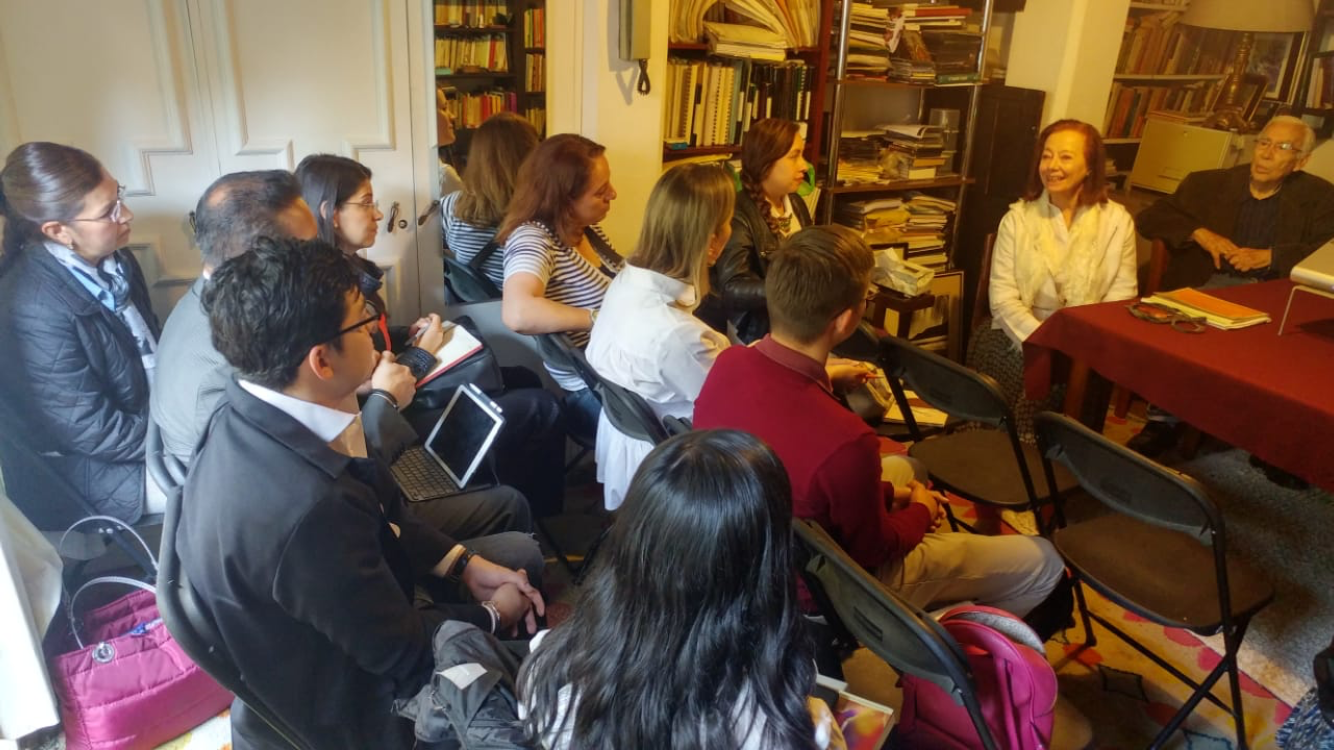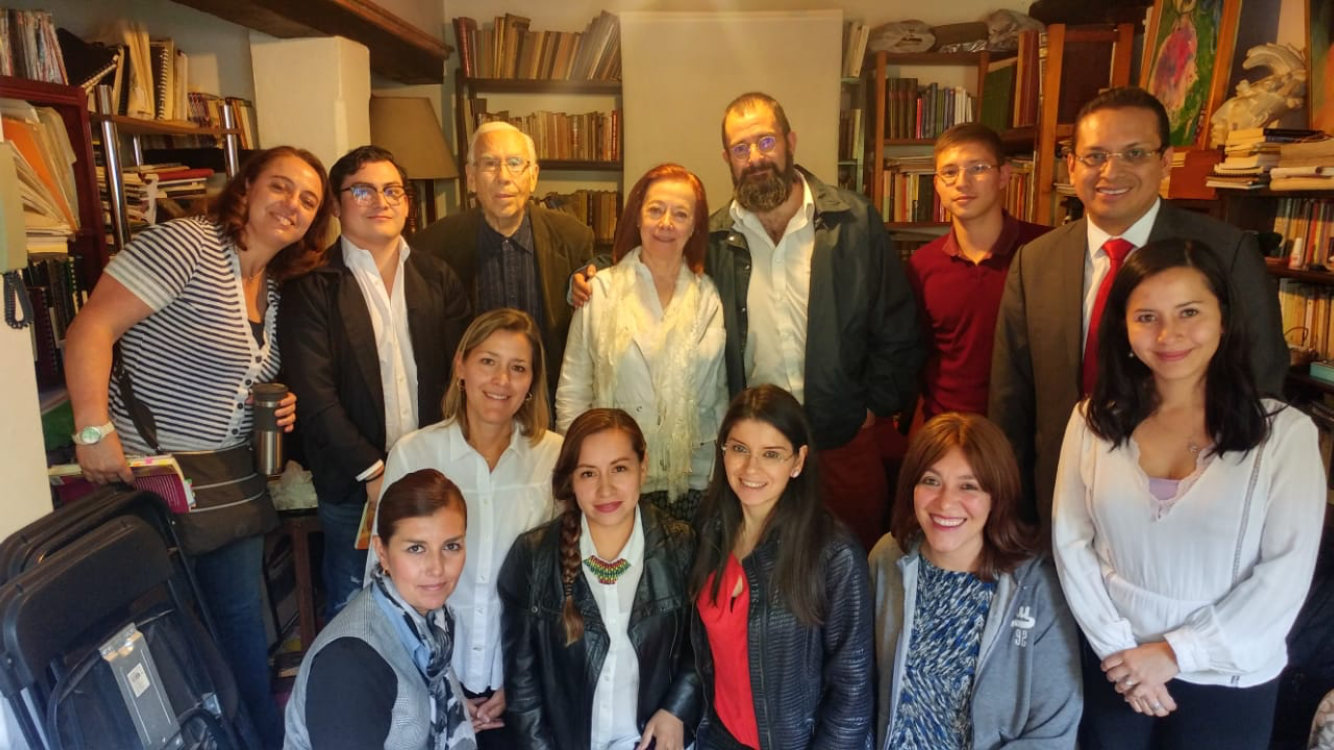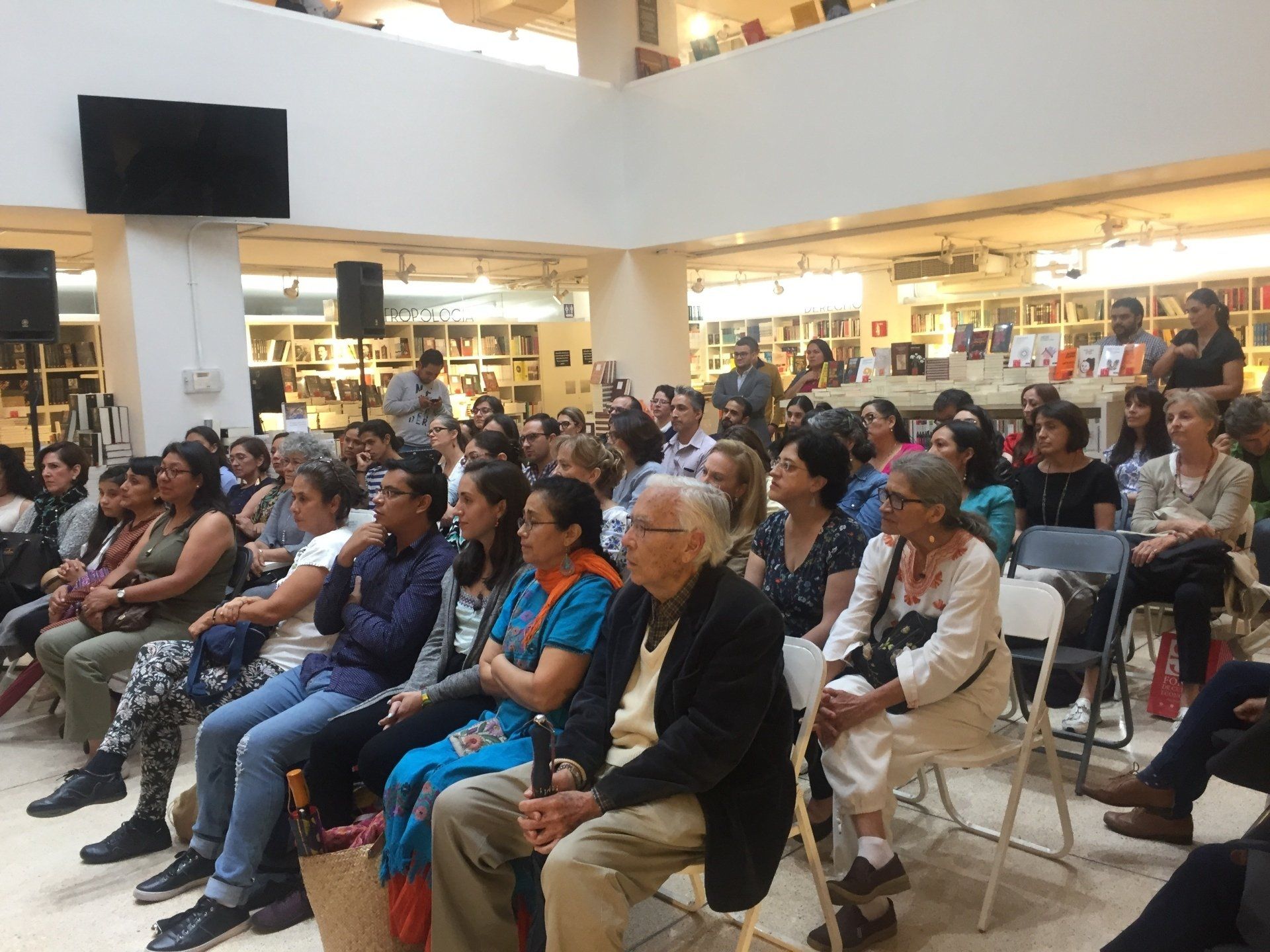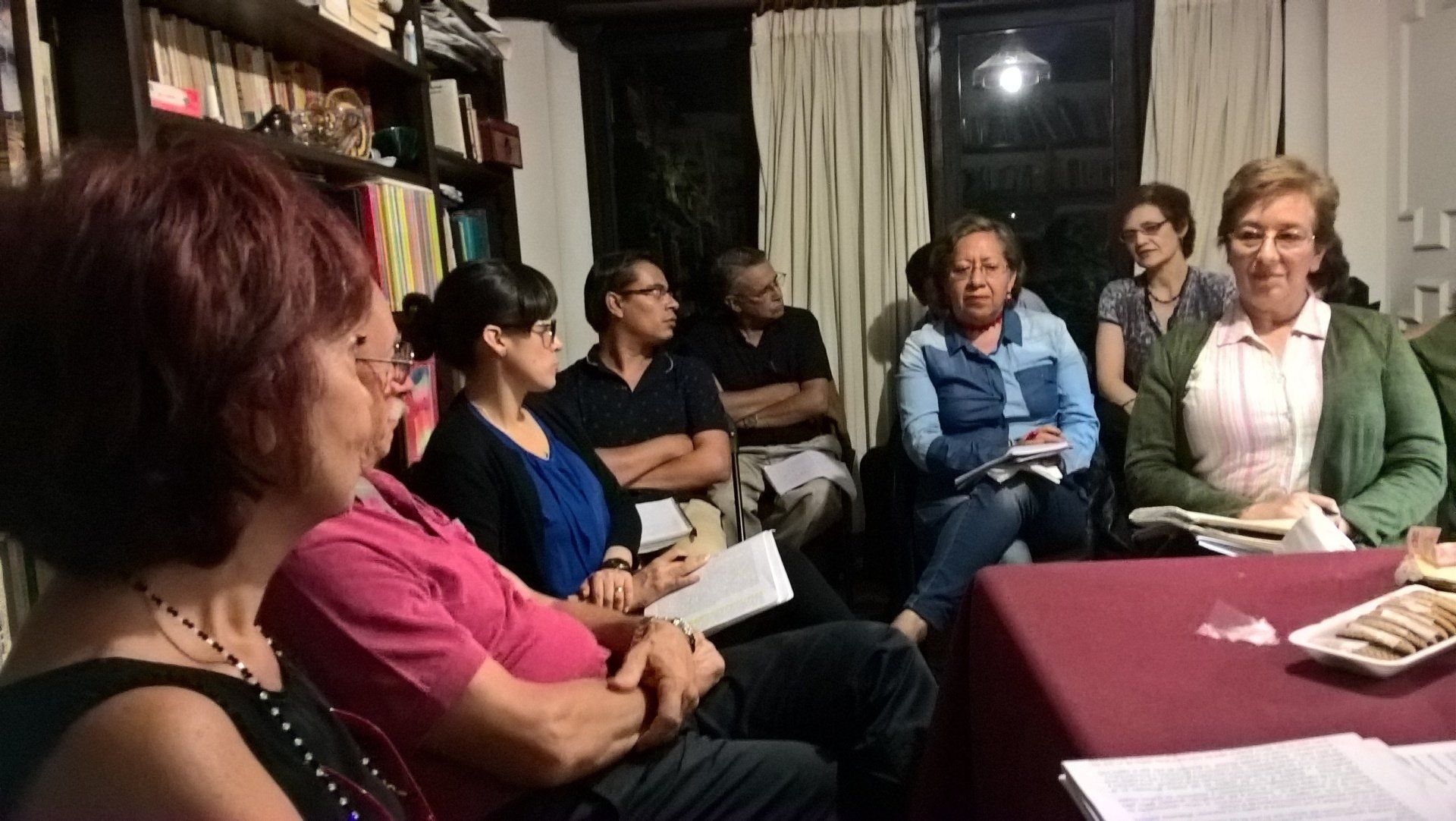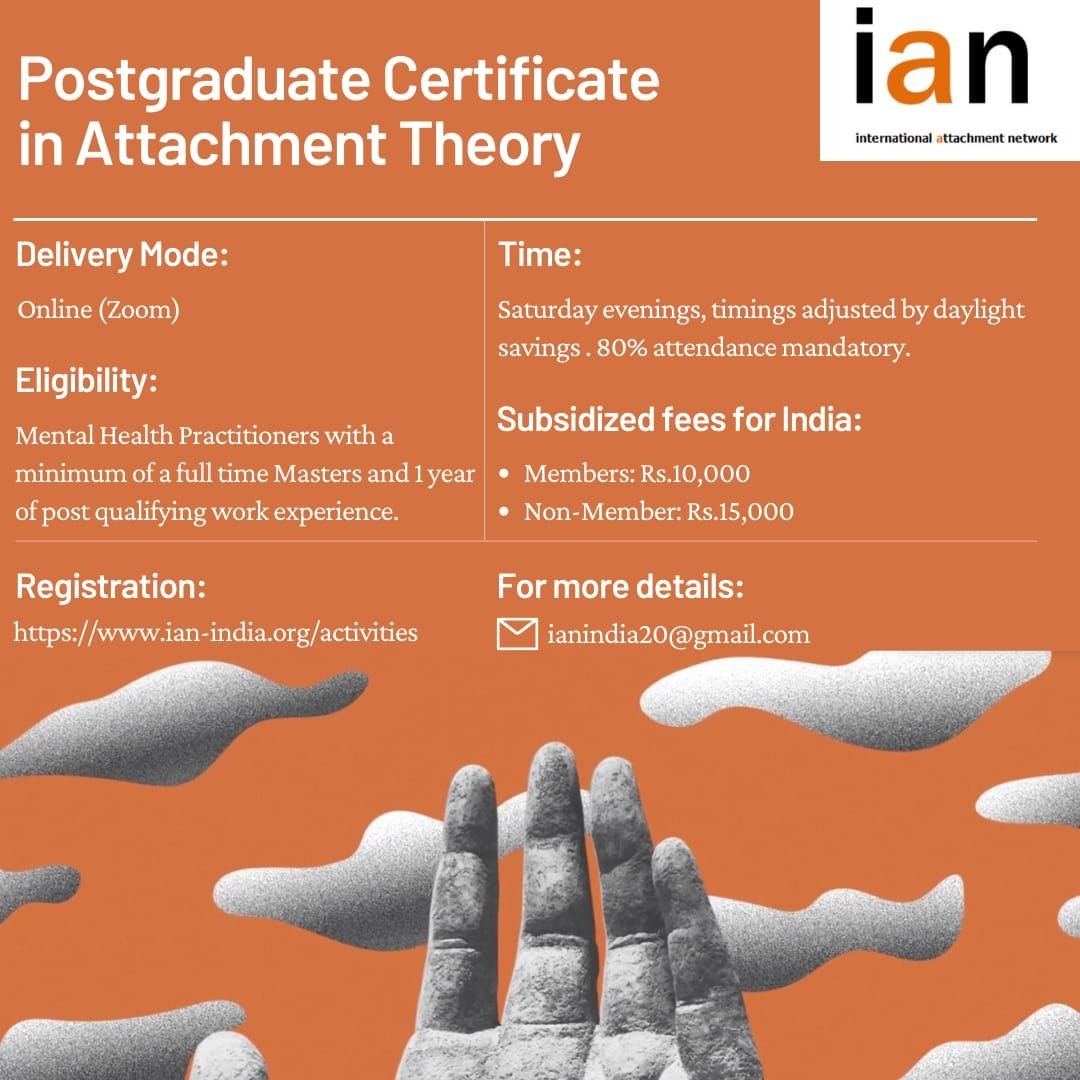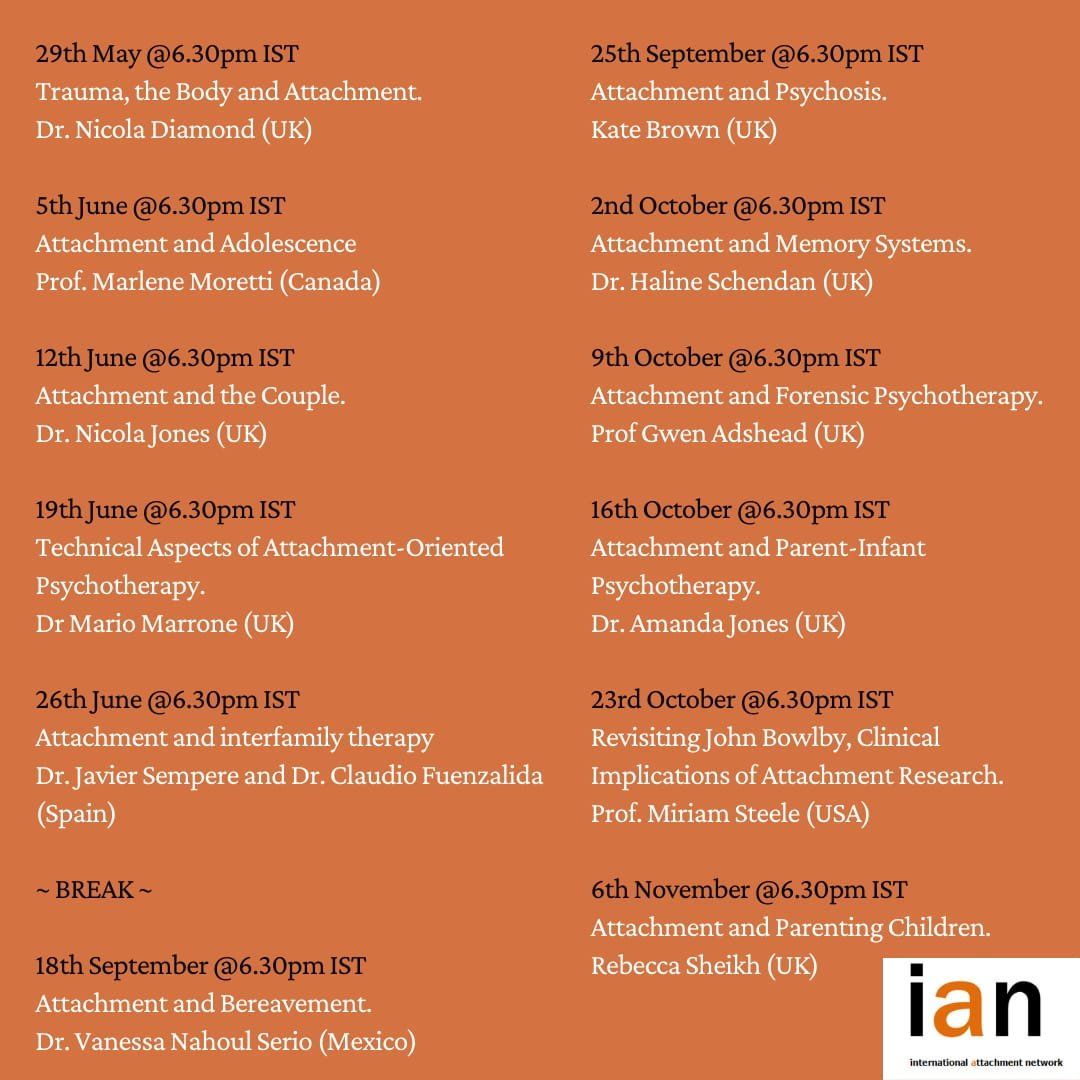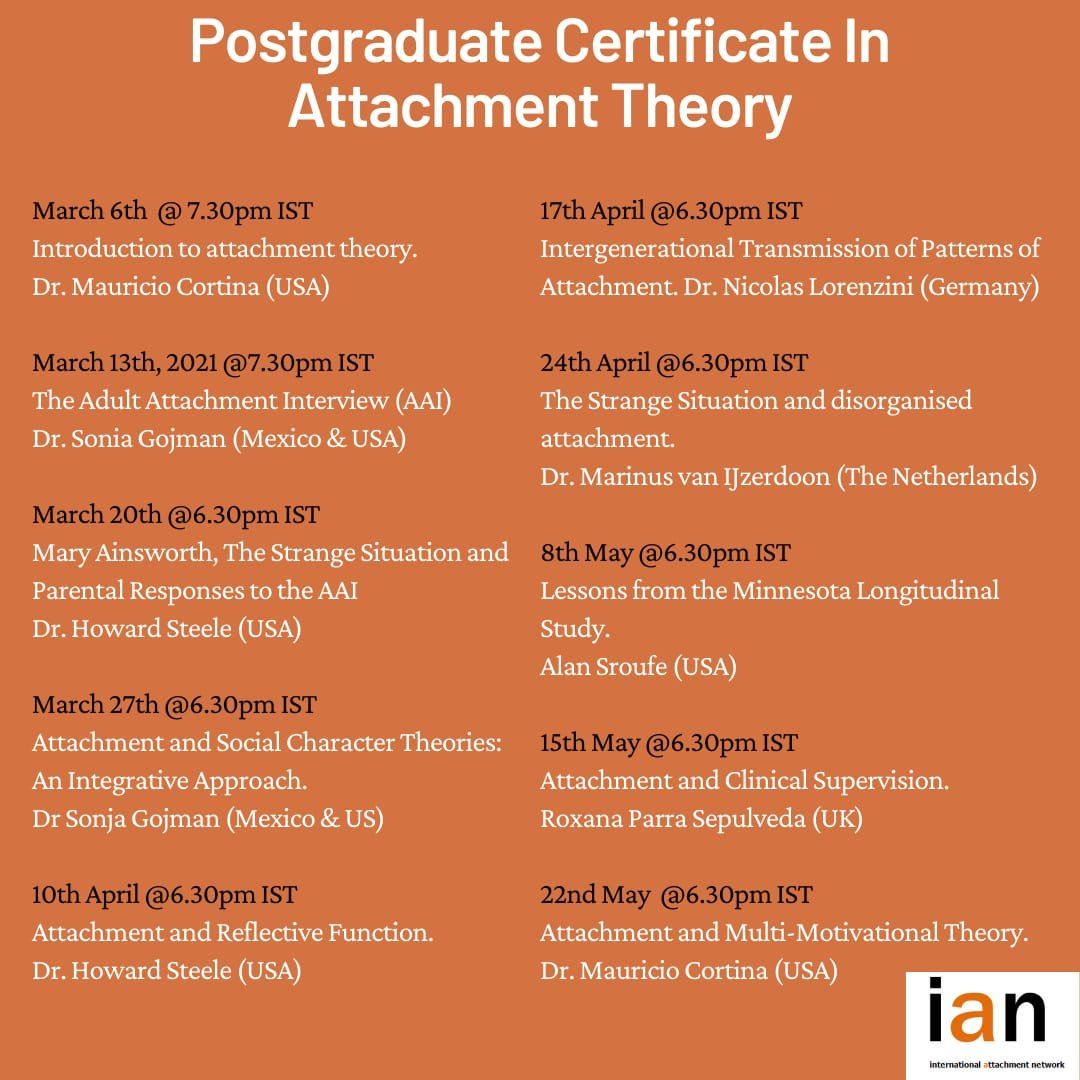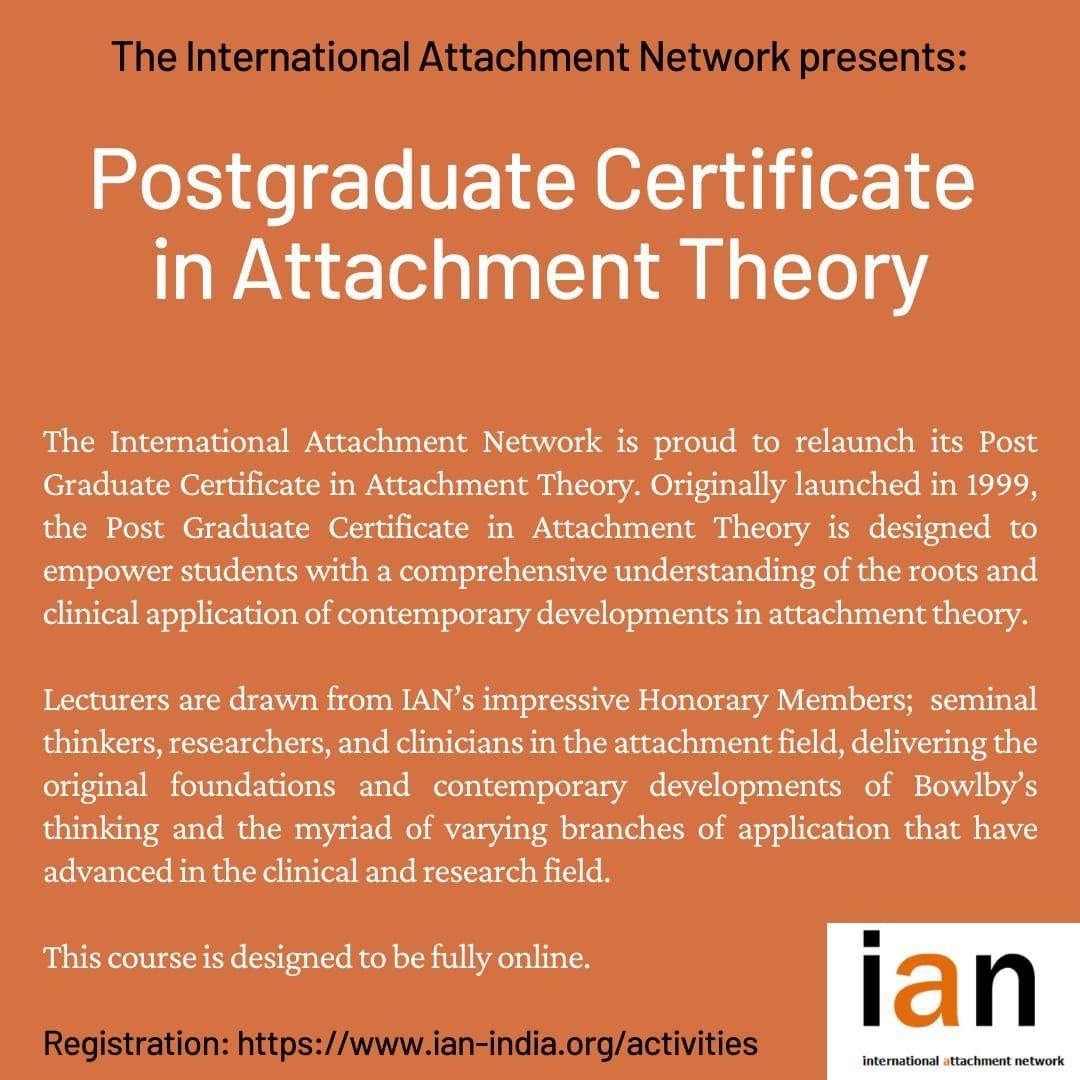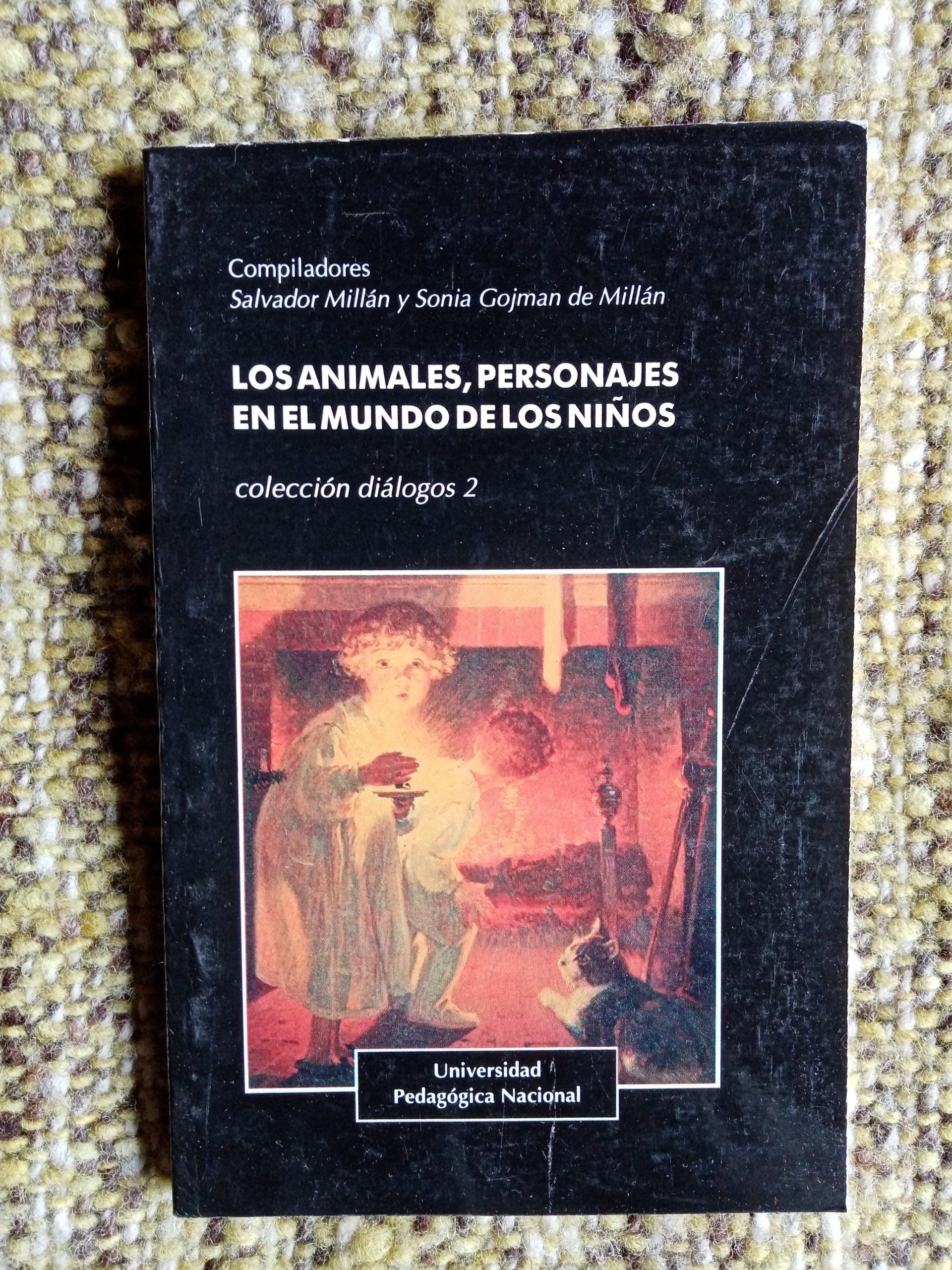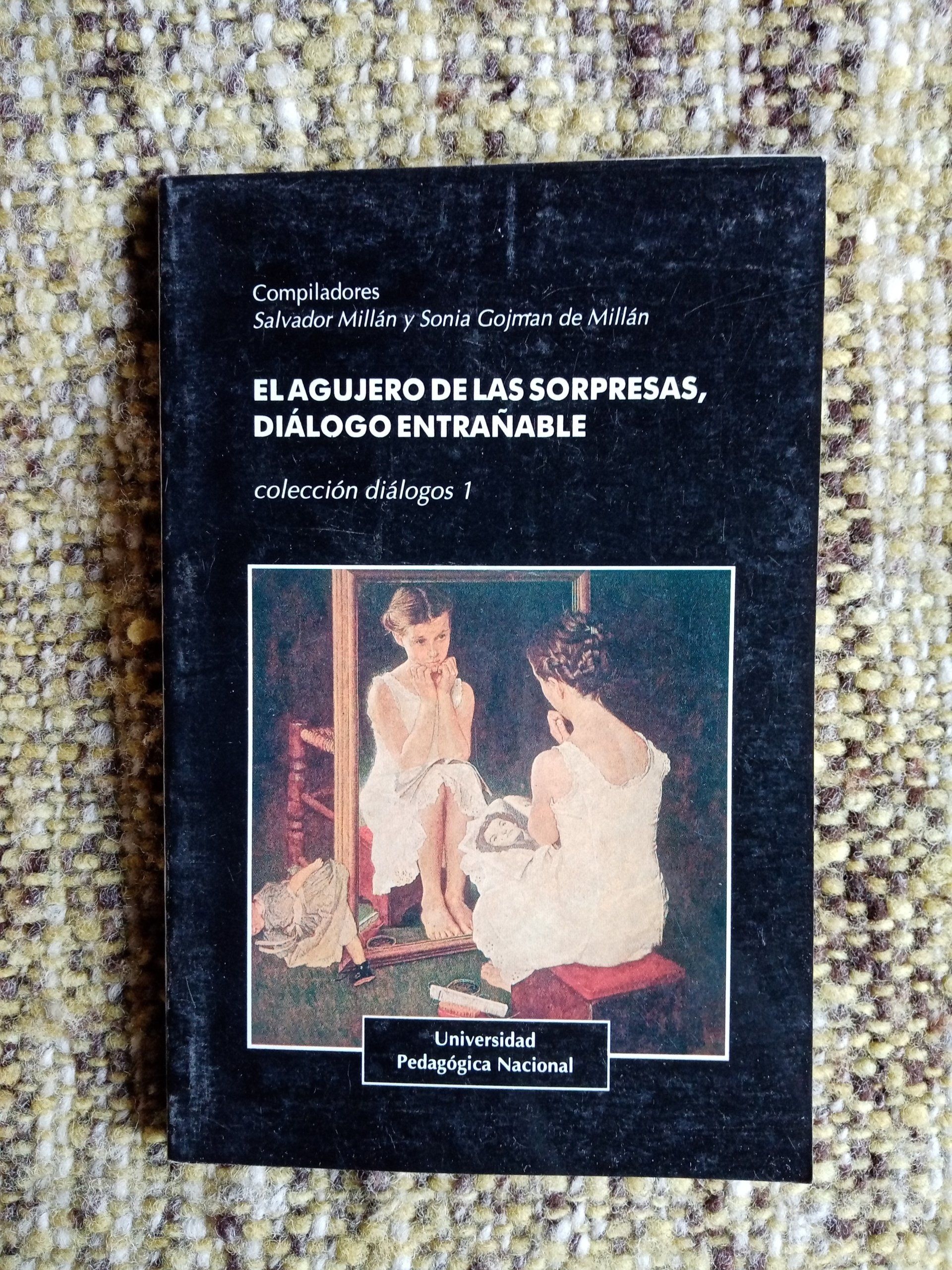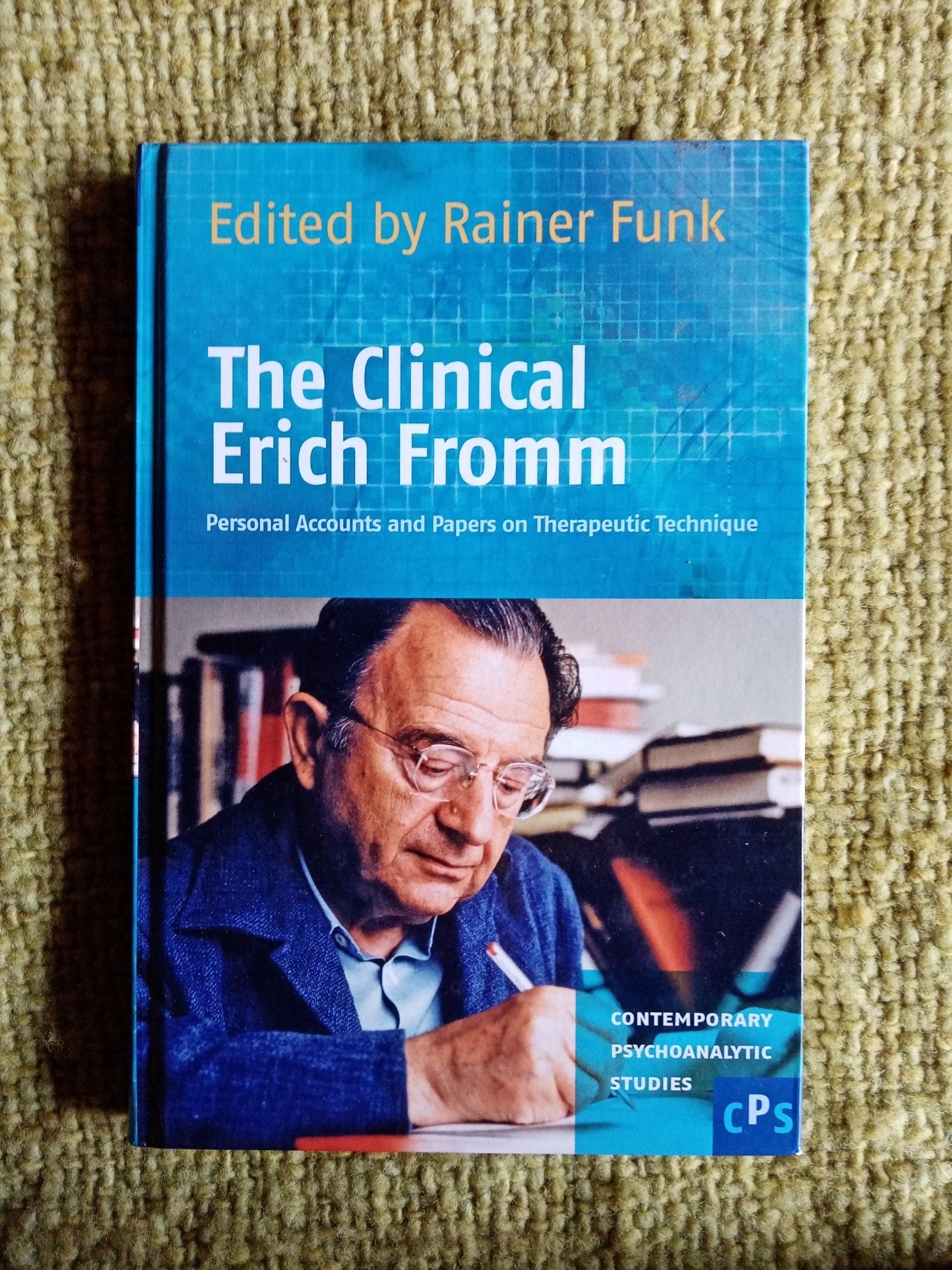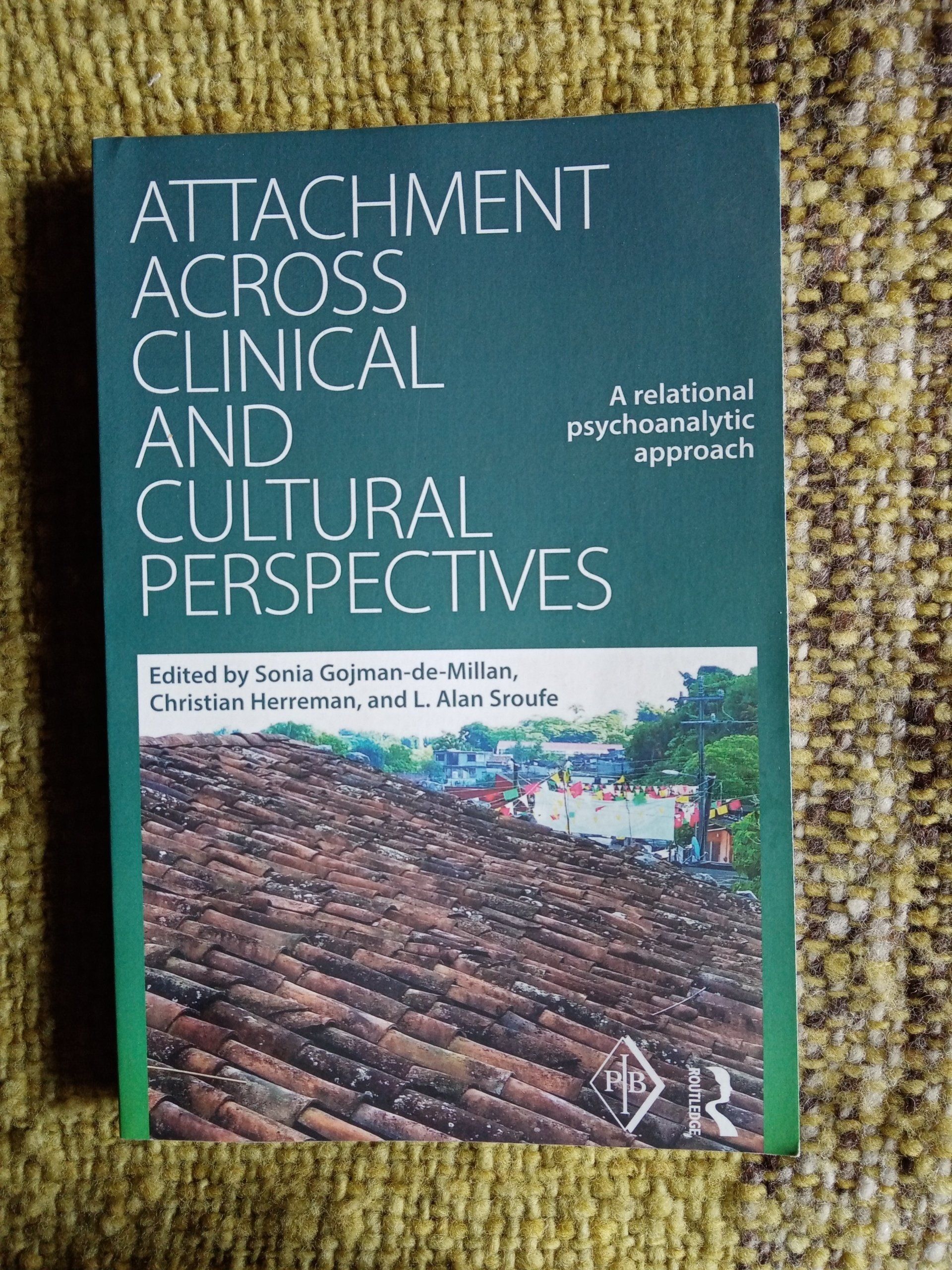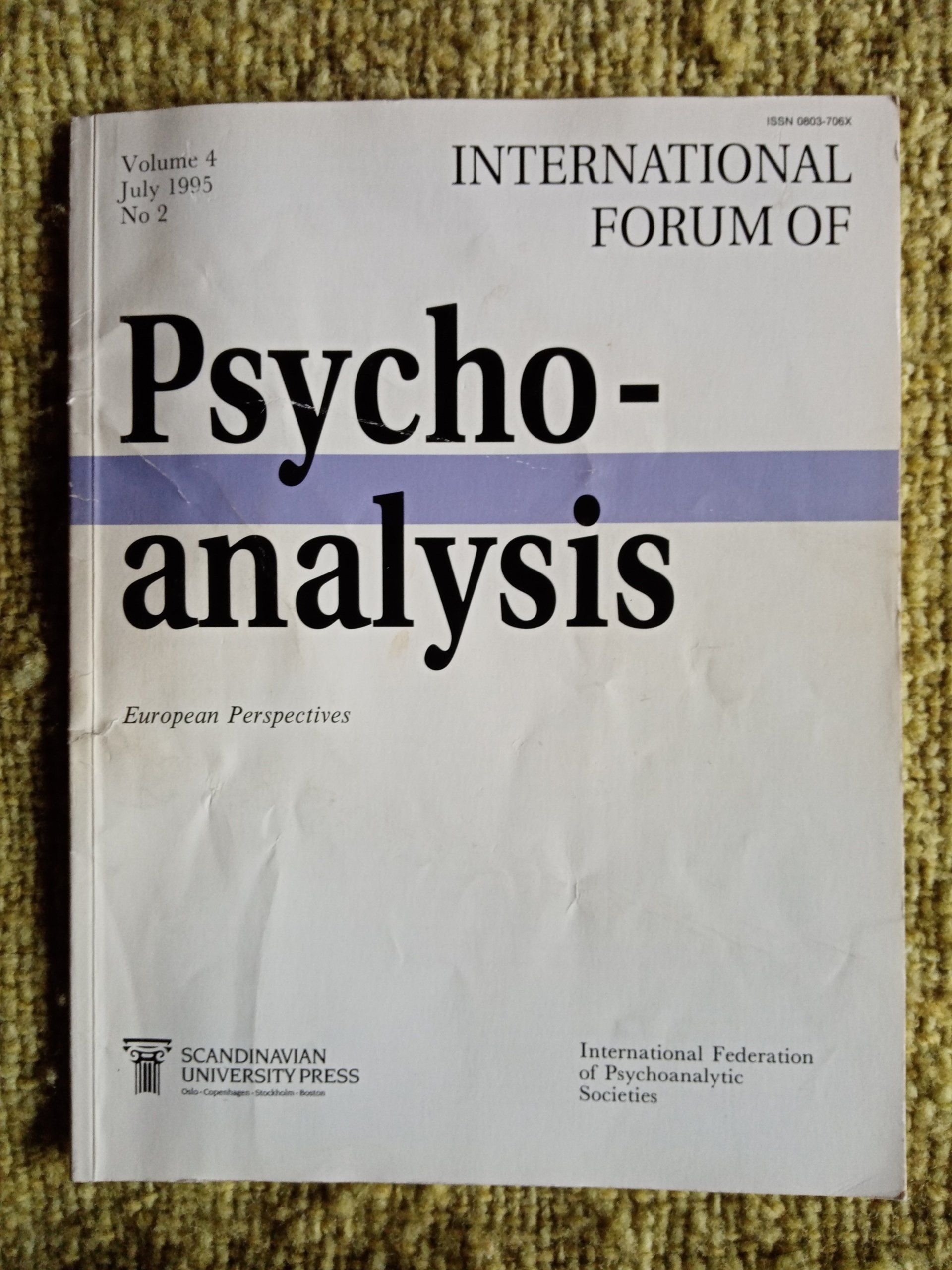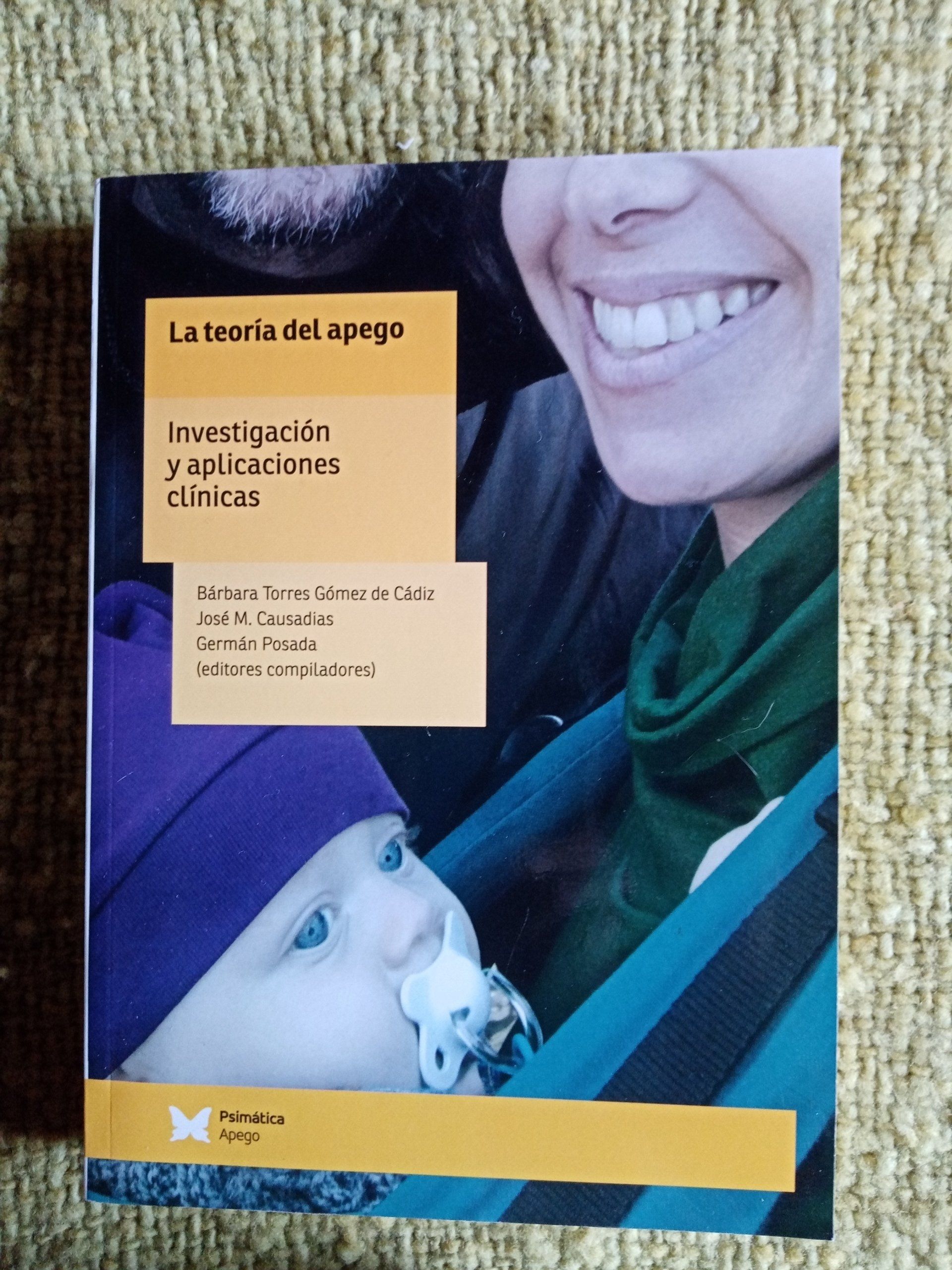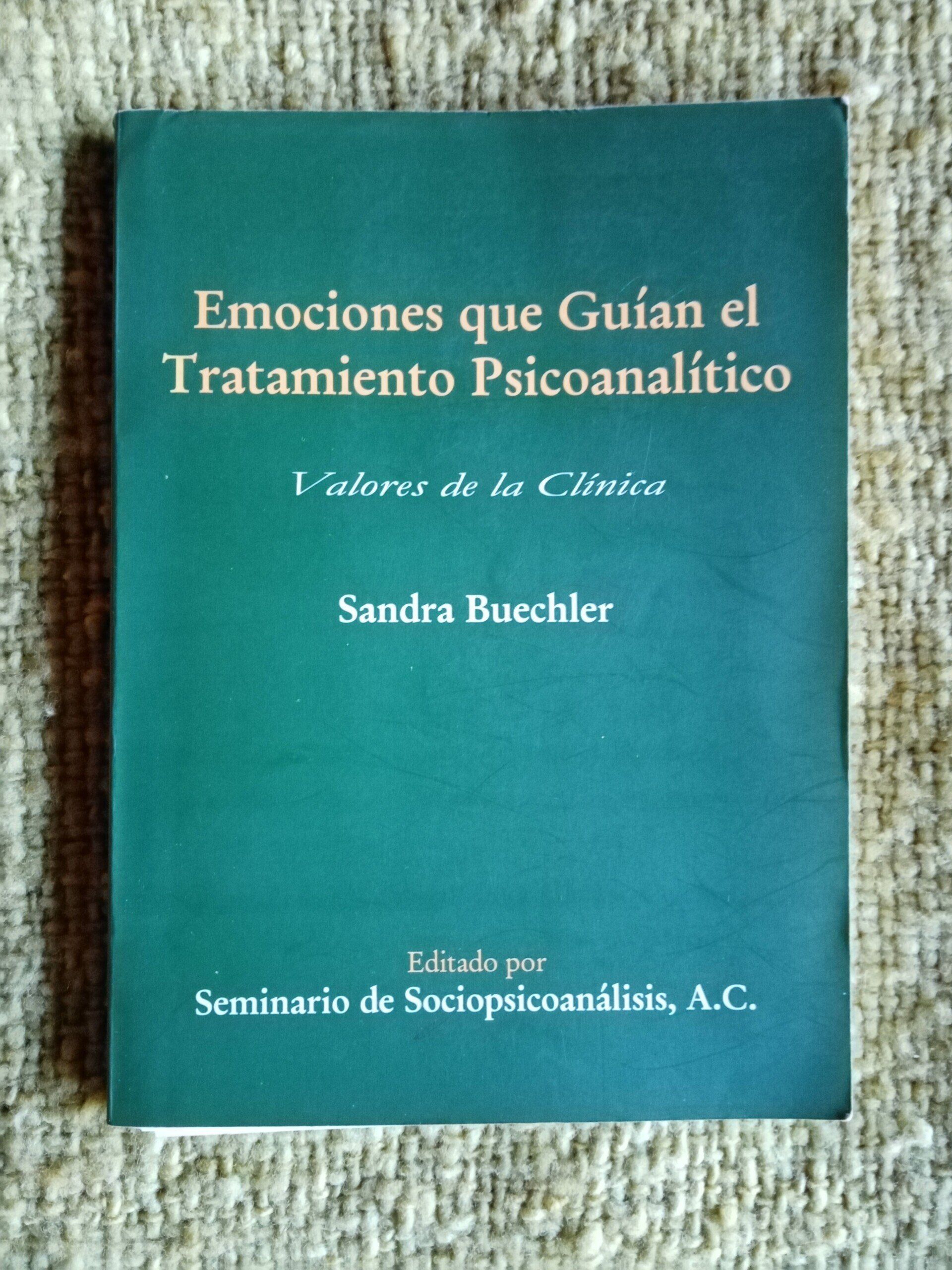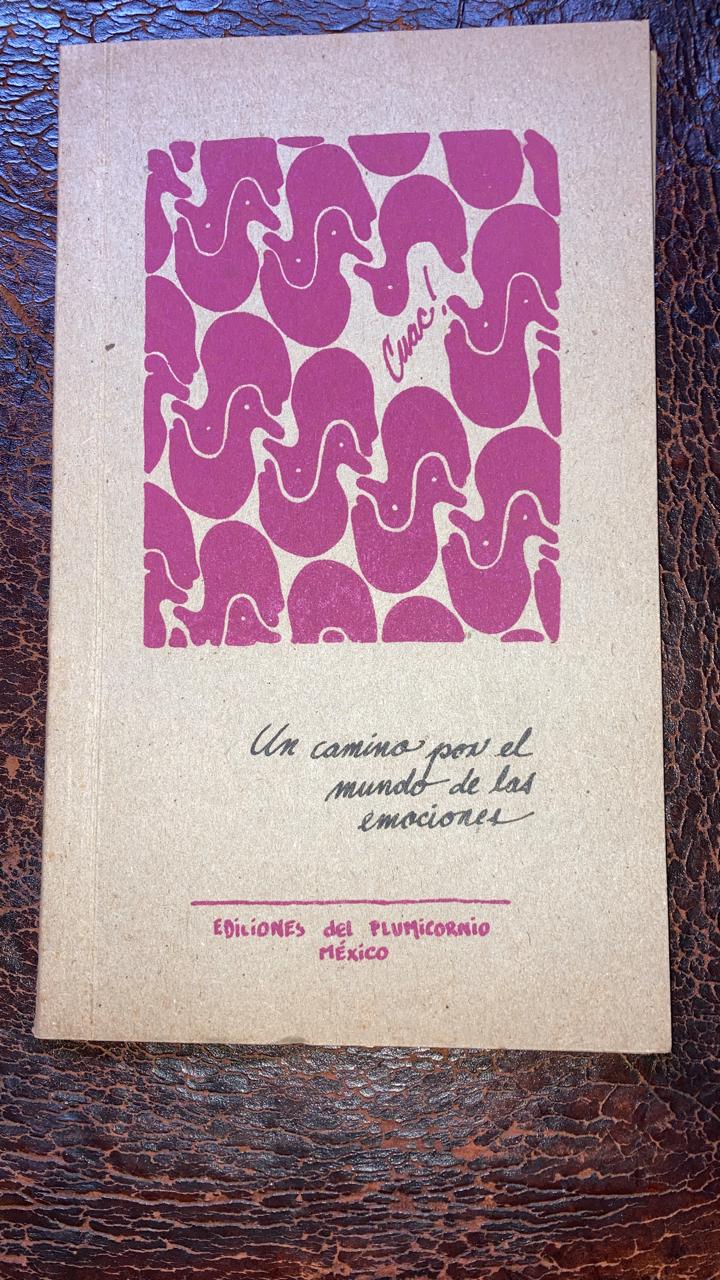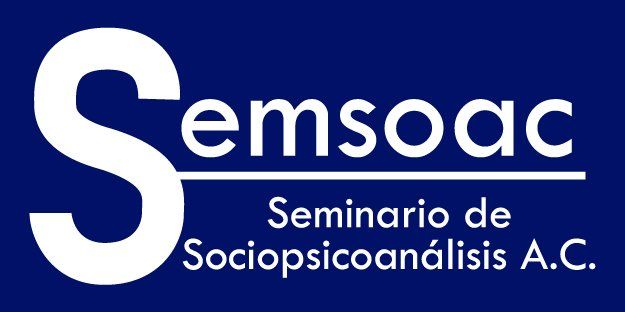ATTACHMENT
Adult attachment
TRAINING TO EVALUATE THE ADULT ATTACHMENT INTERVIEW (EAA) IN A SYSTEMATIC OR “RELIABLE” WAY IN SPANISH AND ENGLISH, GIVEN BY
Dr. Sonia Gojman de Millán
Certified instructor by the University of California at Berkeley.
AAI TRAINING INSTITUTES EITHER IN SPANISH OR IN ENGLISH (SEE BELOW) conducted by
Sonia Gojman de Millán PhD
Certified trainer by the University of California in Berkeley.
General Description in SPANISH
Learning to assess the Adult Attachment Interview begins with an intensive two-week course. As an important antecedent, it begins with a synthesis of John Bowlby's original Attachment Theory, with Mary Ainsworth's description of infantile attachment categories (including the Strange Situation procedure) and its subsequent links to adult and adult attachment theory. the Adult Attachment Interview.
Upon completion of this preliminary review, the training focuses primarily on the interview grading and classification system developed by Mary Main and Ruth Goldwyn.
Some Adult Attachment interview transcripts are studied and scored by participants outside of group work hours and then carefully reviewed during class time.
A less formal discussion of the clinical and research questions that arise during the training are scheduled to take place in the group according to what turns out to be necessary.
At the end of the course, participants receive a series of workbooks to take home and continue study and practice in preparation for the certification and reliability test.
The certification process takes an additional 18 months. It consists of three interview submissions to be scored at home at 6-month intervals. Each submission consists of a series of 10 to 12 case transcripts to be scored. Although a good part of the material used in the course is already translated into Spanish (such as the protocol, the manual, the emptying forms etc ...) and the presentations and discussions are made in Spanish, it is crucial -for the use of the - The understanding of written English, since the cases in which we work as examples to be scored are offered in print in English, as well as the material that takes home to practice on your own and serves to self-monitor before start the reliability test with Drs. Main and Hesse from the University of Berkeley, and of course also the reliability test, for those who seek to certify as reliable raters, is in English.
Class work is done in the mornings (generally from 9 AM to 3 PM or occasionally 4-5 PM) giving participants time to grade transcripts during the afternoon. The next day the grades are reviewed in a group, clarifying the doubts and details of the system. Those who are enrolled must be willing to dedicate during the course, indeed, about 60 hours of work each week, and to work qualifying cases even during the intermediate weekend.
If, knowing its dedication and intensity, you are interested in contacting Dr. Sonia Gojman from Millán. sgojman@yahoo.com, we would like to receive your general curricular data, as well as your interest in the EAA Adult Attachment Interview and if you plan to use it in future research projects or in your clinical practice. Priority is given to those who conduct research directly, but there is generally room for clinicians as well.
General Description. ENGLISH
AAI TRAINING INSTITUTES:
Learning to score and code the Adult Attachment Interview begins with a two-week intensive training institute. As important background, the institute starts with a summary of Bowlby¹s original attachment theory, a description of the Infant Attachment categories of Mary Ainsworth (including the Strange Situation Procedure), and the subsequent links to adult attachment theory and the Adult Attachment Interview. Following this preliminary review, the bulk of the training is focused on the AAI scoring and coding system developed by Mary Main and Ruth Goldwyn, AAI transcripts are both studied and scored by trainees outside of class and also carefully reviewed during class time. Less formal discussion of research and clinical questions that arise during the training is scheduled and conducted as needed. Upon completion of the course, trainees are given several booklets to take with them for continued study and practice in preparation for certification testing. The certification process takes an additional 18 months and consists of three tests taken at 6-month intervals. Each test is a set of about ten transcripts to be coded.
If knowing the intensity and dedication required for the training you are interested in it, contact Sonia Gojman de Millán at sgojman@yahoo.com, It would be helpful if you can let us know about your background, your current work, how you came to be interested in the AAI and how you plan to use it in your work.
Individuals doing direct research are given priority, but usually there is room for clinicians as well.
John Bowlby and the Attachment Theory
Summary
John Bowlby and Mary Ainsworth collaborative founders of Attachment Theory and its empirical verification in a well-founded project with empirically proven theoretical rigor creating a new paradigm in psychoanalysis and in the understanding of child development and mental health
WHAT IS ATTACHMENT BEHAVIOR?
It is the emergent organization / regulation of the infant's behavior with the aim of achieving or preserving proximity with the clearly identified main caregiver who is considered best qualified to face the world, promoting their survival. It is a biological protective function, the core of which is emotional regulation, including the experience of fear.
It establishes the guidelines of interpersonal relationship that favor the immature brain to use the mature functions of the caregiver's brain and thus organize its strategies to maintain the organization of proximity around this figure when the infant is alarmed, distressed, under conditions of:
-fatigue
-disease
-threat
-stress as an indicator of danger
The research has strong evidence of continuity over time and coherence
of the adaptation of attachment patterns that become models of representation
interna (internal working models of the mind) para futuras interrelaciones.
It is currently the most accepted theory in schools of psychology and psychiatry in Europe and the United States.
Resilience: it is starting a new development after a trauma, what conditions allow it?
a) attachment security in childhood
b) Support in recovery
c) the environment
d) culture
Characteristics to be resilient: the security of the mother to give security to the baby, sensitive, responsive care and a secure base for exploration plus the enabling environment
The first moves in a chess game are very important even if the game continues (Boris Cyrulnik)
Background of the deep and solid Observational Basis of Attachment RESEARCH are:
• BOWLBY-ROBERTSON, filming of the effects of physical separation of children and their parents in hospitals
• AINSWORTH systematic laboratory observations of mother-baby dyads:
• A) Design of the Strange Situation SE
• B) Natural observations of interactions in the house
• In various cultures and social classes
• SROUFE, ALAN Research with a longitudinal prospective design from before the infant is born to adulthood and their children
• 108 children and their families
• Assessed age by age
• various aspects of development
• in context
Separation by Institutionalization
Three Stages of Anxiety Response
• A) Protest
Open concern for fig. attachment, calls, crying, anger, annoyance
• B) Despair
Weak crying, hopelessness, apathy, lack of interest in surroundings
• C) Detachment or Disconnection
Deactivation of the attachment pattern temporarily or permanently (defensive exclusion) according to the time of separation. They begin to focus on the immediate environment, they appear to be adapting, although internal vital signs are still altered, they actively ignore or avoid fig. of attachment in the reunion, as if not being able to remember it
• Anxiety responses is proportional to the severity of the separation that
• Generates these defense mechanisms that become
• Permanent unconscious strategies to protect yourself from psychic pain in future situations or interpersonal relationships as adults
A two-year-old boy goes to the hospital (Robertson, James) https://www.youtube.com/watch?v=s14Q-_Bxc_U&t=6s
Attachment Research Infant Attachment Assessment. The strange situation (SE)
• Discovery of signs of protest and depression in children separated from their parents by hospitalization after several days. Separation causes childhood depression
• Three Stages of Grief Response and Separation Anxiety for Your Care and How to Prevent It?
• Awareness of health personnel
• Films essential factor to change hospital practices around the world
• Importance of real life events, and not just the role of fantasy
• Avoid threats of abandonment
Ainsworth developed the first laboratory instrument capable of determining the universality of the attachment pattern of infants towards their mothers or caregivers activated in response to signs of danger
a) in an unfamiliar environment
b) approaching a stranger
c) the attachment figure disappears
- Experiment of 20 minutes of duration, of eight episodes, is carried out when the baby is between 12 and 18 months in a Gesell chamber
- The mother and her baby and the Stranger or person unknown to both participate (hence the name of the experimental situation)
- Two separations and two mother-baby meetings are filmed to observe and evaluate the baby's internal operating models and regulation strategies
- How they behave in the meeting has to do with the history of the relationship between them in their natural environment, which is correlated with observations at home to evaluate the mother's behavior in her treatment of the child
THREE ORGANIZED ATTACHMENT GUIDELINES FOUND by Ainsworth
Secure Attachment
Resistant Anxious Insecure Attachment
Preventive Anxious Insecure Attachment
A DESORGANIZED ADHESION AGENDA FOUND by Mary Main
With this finding it was possible to make the Discovery of the Pathways of Development Precursors of disorders and developmental psychopathology correlated to the dosage of trauma, mistreatment, abuse, unresolved losses.
MARY MAIN AND COLLABORATORS ADULT ATTACHMENT THEORY
Adult Attachment Interview (EAA):
- Mary Main developed an instrument as an interview to assess the mental state of the adult with respect to attachment, through the narration of memories of childhood affective experiences, which reflects a particular organizational pattern of the mind at the time of the interview which can be assessed according to a strict and systematic qualification protocol. Four patterns of Adult Attachment or states were found
Adult Attachment Interview (EAA) for Adult Attachment Assessment
4 States of Mind have been identified in relation to attachment experiences in its history:
- Autonomous
- Concerned
- Disposal
- Unsolved
Conclution. From all of this solid research a contribution has been made to developmental psychopathology.
The Model of developmental psychopathology:
• deals with the origins and course of maladaptive patterns of behavior and discovers that each individual progresses along various potential developmental pathways (Branched Tree Model)
• It is different from the classical psychoanalytic model of stages, fixations and regressions, in a linear development since
• Compare normal development with adaptive malady, which makes this model unique
• Developmental deviation as a criterion of pathology
• Early experiences shape the structure and function of the brain. This discovery clarifies that the fundamental way in which genes are expressed is determined by experiences
• There are adaptation guidelines that indicate that children are on one developmental path or another that will take them through healthy branches of emotional development and others that lead to a series of deviations. The hyper stimulation pathway leads to hyperactivity and attention deficit examined in a study with a prospective longitudinal developmental design
• This model of developmental psychopathology alerts to the possibility of change
https://www.youtube.com/watch?v=3LM0nE81mIE&list=PLde9AnPaL3yZgZLACZm0JBNATFa0k_90c&index=4&t=18s
Therapeutic Tasks of John Bowlby
In 1989, John Bowlby stated that, in the treatment of adults, therapy cannot begin unless the therapist can train his patient to feel some degree of security. This, of course, starting from the Attachment Theory,
I quote: “A therapist who applies attachment theory, considers that his role is to promote the conditions in which the patient can explore the internal models of representation of himself and his attachment figures, in order to return to evaluate and restructure them in the light of the acquired understanding of the new experiences lived in the therapeutic relationship ”(Bowlby, 1989, p. 160).
For this, it recommends the application of five "therapeutic tasks" in the treatment processes, which are: [1]
1.- Provide the patient with a secure base, from which to explore the various unhappy and painful aspects of his past and present life, as this may be difficult or impossible without a trusted other to provide support, understanding and guidance.
2.- Consider the way in which you establish relationships with significant figures in your present life, what unconscious tendencies come into play when you choose a person with whom you hope to maintain an intimate relationship, what are your expectations regarding your own feelings and with with respect to those of others and when he creates situations that harm him.
3.- Examine the particular relationship, in what is known psychoanalytically as the transference, that is established between the therapist and the patient. The patient will introduce the perceptions, constructions and expectations of how he can feel and behave with an attachment figure or this figure with him, according to the operant models of the parents and of the self.
4.- Encourage the patient to consider that the way in which their present perceptions and expectations and what originate them, are the product of events and situations that they faced during their childhood, especially those lived with their parents, first attachment figures.
5.- Train the patient to recognize that his models of himself and of others may or may not be appropriate for his present and future.
"Attachment, communication and therapeutic process" from the book A Secure Base (Bowlby, 1989, p. 160-161)
Erich Fromm's radical humanism as a basis for
the creation of an ETHICAL GUIDE for Mexico
Dr. Mauricio Cortina and Psic. Guadalupe Sanchez
The president of Mexico, Andrés Manual López Obrador has summoned religious groups, humanists, philosophers, psychologists, sociologists and anthropologists to create a moral constitution or ethical guide for the nation. We submit for consideration for this project the work of Erich Fromm, one of the greatest humanists and thinkers of the 20th century [1] who lived in Mexico for 23 years. His commitment and love for Mexico was expressed in numerous ways, including writing a rigorously scientific book with Michael Maccoby on the impact that historical, social, cultural and economic factors have on character traits shared by different groups of campesinos (what I call character social) in a Mexican town made up of more than 600 inhabitants. [2] Among other important discoveries, the study documented the traumatic impact on sons and daughters whose parents had been forced to serve as pawns in the semi-slavery hacienda system that existed for 3 centuries prior to the Mexican Revolution. The study found that the impact of this inhuman and oppressive system could still be seen in much higher rates of violence and alcoholism in the descendants of this system, than in peasants who had not been part of this oppressive and violent system.
The study also found that descendants of the hacienda system were less productive in cultivating their land than peasants who had not been part of the system.
In his numerous books, but especially in Ethics and Psychoanalysis (1948) and The Art of Loving (1956) Fromm describes the bases and foundations for a Universal Humanist Ethics, describing its roots in thinkers as diverse as Aristotle, Spinoza, Vico, Goethe, and Marx and in some Jewish and Christian and Buddhist religious traditions that emphasize love, solidarity and compassion towards others. In a later book The Anatomy of Human Destructivity (1973) I explore the evolutionary, cultural and social bases of this humanistic vision.
Fundamental values of the humanistic orientation:
- The fundamental goal of humanism is the full development of each individual. Full human development is defined as a productive orientation that promotes our capacities to love, freedom and autonomy, social solidarity, mutual respect and responsibility. All the exponents of humanistic ethics agree that man finds his full fulfillment only in relationship and in solidarity with his fellow men. Love for the next is not a characteristic that transcends man, it is something inherent and that radiates from him. From the Judeo-Christian tradition Fromm includes the love of the stranger as one of the noblest altruistic capacities of our species.
2. Fromm defines responsibility as the ability to listen to our own needs and emotions and respond to the communication, needs and emotions of others. The most productive response is the one that responds to what is most alive in others and in ourselves. Fromm described this responsiveness as the biophilia or love of life, and regards it as one of the most developed expressions of a humanistic productive orientation.
3. Fromm describes this set of productive capacities as a growth syndrome. In contrast to the growth syndrome, Fromm describes psychopathology as the result of a development that adversely affects the formation of autonomous personalities with the capacity to love and affirm human solidarity. Some expressions of this individual and social deformation and pathology can be seen in authoritarian personalities, in the creation of ideologies and idolatries that justify and sustain power based on force and impunity, in sado-masochistic relationships, in individual and group narcissism, and in destructive impulses of hatred, revenge and cruelty. At its most pathological extreme Fromm described human destructiveness as a syndrome of necrophilic decadence characterized as an attraction to the dead, to the devitalized order, to cruelty and sadism in their most horrific manifestations. We all have the same human potentials for growth and for psychopathology. As Fromm puts it, humanity has a genius for good and for evil.
4. Each individual contains the germs of all humanity and at the same time is unique and singular. Respect for our common humanity and our individual uniqueness is the foundation of human dignity. A basic humanistic principle is to affirm our common humanity in light of our many differences, which can separate us. These differences can be based on skin color, gender, sexual orientation, temperamental and personality differences, cultural, religious and economic differences. Being able to dialogue about these differences in order to find how much unites us as human beings has to be based on mutual respect and the dignity that is owed to each person for being a member of the human species.
Full development cannot be conceived without supporting public policies that favor family and social environments that support and stimulate autonomous development and the capacity to love. Public policies must be evaluated in terms of whether they hinder or promote human development. Fromm thought that the transformation of society is essential to develop a productive social character. Without this development, the future of humanity would be endangered. This vision of Fromm is becoming more urgent every day. Economic models that create devastating economic imbalances and brutal social inequalities are not sustainable. They degrade and destroy the social fabric and social coexistence that unites individuals and groups in communities. It is not possible to respond to the fundamental challenge of our species to limit and stop global warming and its disastrous consequences for humanity, if we do not create more just societies. Without fairer societies we will not be able to create the cooperation we need at local, national and international levels to create economies and technologies based on green energy.
The bases of this economic and social development must obey the following principles:
1. The objective of all social agreements must be human well-being and the prevention of individual and social pathologies. For this, the establishment of interpersonal and intra-family relationships based on security, self-esteem, acceptance of differences with the other, cooperation and sensitivity developed from deep listening and kind speech between women and their partners is encouraged. couples, mothers and their children about emotions, about their lives and that of children.
2. Production must serve the real needs of people, not the demands of the economic system.
3. Aware of the suffering caused by irresponsible sexual behaviors and antisocial behaviors, there must be a relationship of cooperation-protection, responsibility for the integrity of each individual, families, women and children and not of exploitation among human needs, abuse or abuse for greed and money.
4. We must promote careful, healthy consumption, not maximum, thoughtless consumption that damages the body or mind and respect for the environment and nature, based on the protection of the life of all living beings, people, animals, plants and minerals, land, water, oceans and skies and reduce violence to nature and other beings, oneself, family and society.
5. Mutual antagonism between people and social groups must be replaced by solidarity and cooperation, fraternity, generosity, community, values that awaken the shock of a natural disaster such as the earthquake.
6. We must harmonize economic models based on competition and free markets with economic models based on developing more egalitarian and cooperative societies. We must create an even floor for millions of poor individuals and families with scarce economic resources by providing access to a basic food basket, good medical services and a good education. With this they will be able to compete and find jobs that provide enough to live with dignity.
7. We must foster family ties that promote security and autonomy between parents and sons and daughters and between family members, as well as the expression of affection. We must promote education that supports prosocial norms from infancy. One of the best social investments is to support and foster families where care and respect for the emotional needs of children prevail for their healthy development.
8. Focused on the practice of understanding and compassion that indicate the most appropriate way to respond to the diverse or harmful alternatives that society offers us,
Make a peace agreement with our body, with our feelings and emotions, with ourselves, with loved ones and with others in our environment, and with nature and its rights, including our enemies.
9. Society has to create and strengthen social institutions that protect and promote social justice and prosocial norms towards a humanized society. No one can enjoy privileges that put him above the law.
10. None of these principles can be sustained without the active participation and continuing education of all citizens.
11. No progress in this humanist manifesto can be seen as permanent. History teaches us that there are setbacks in earnings that we had considered irreversible. As Jefferson said, the price of freedom is eternal vigilance. There has to be a permanent struggle to get closer to this humanistic ideal.
We recommend the book The Revolution of Hope by Erich Fromm, Cap. V: Steps for the humanization of technological society, p. 98, FCE, 1970, Mexico.
Cortina, M., & Maccoby, M. (Eds.). (1996). A Prophetic Analyst: Erich Fromm's Contributions to Psychoanalysis. Northvale, NJ: Jason Aronson, Cortina, M. (2015). The Greatness and Limitations Erich Fromm's Humanism. Contemporary Psychoanalysis, 51, 388-422.
Durkin, K. (2014). The Radical Humanism of Erich Fromm. New York: Palgrave Macmillan
Social Character in a Mexican Town, 1971




